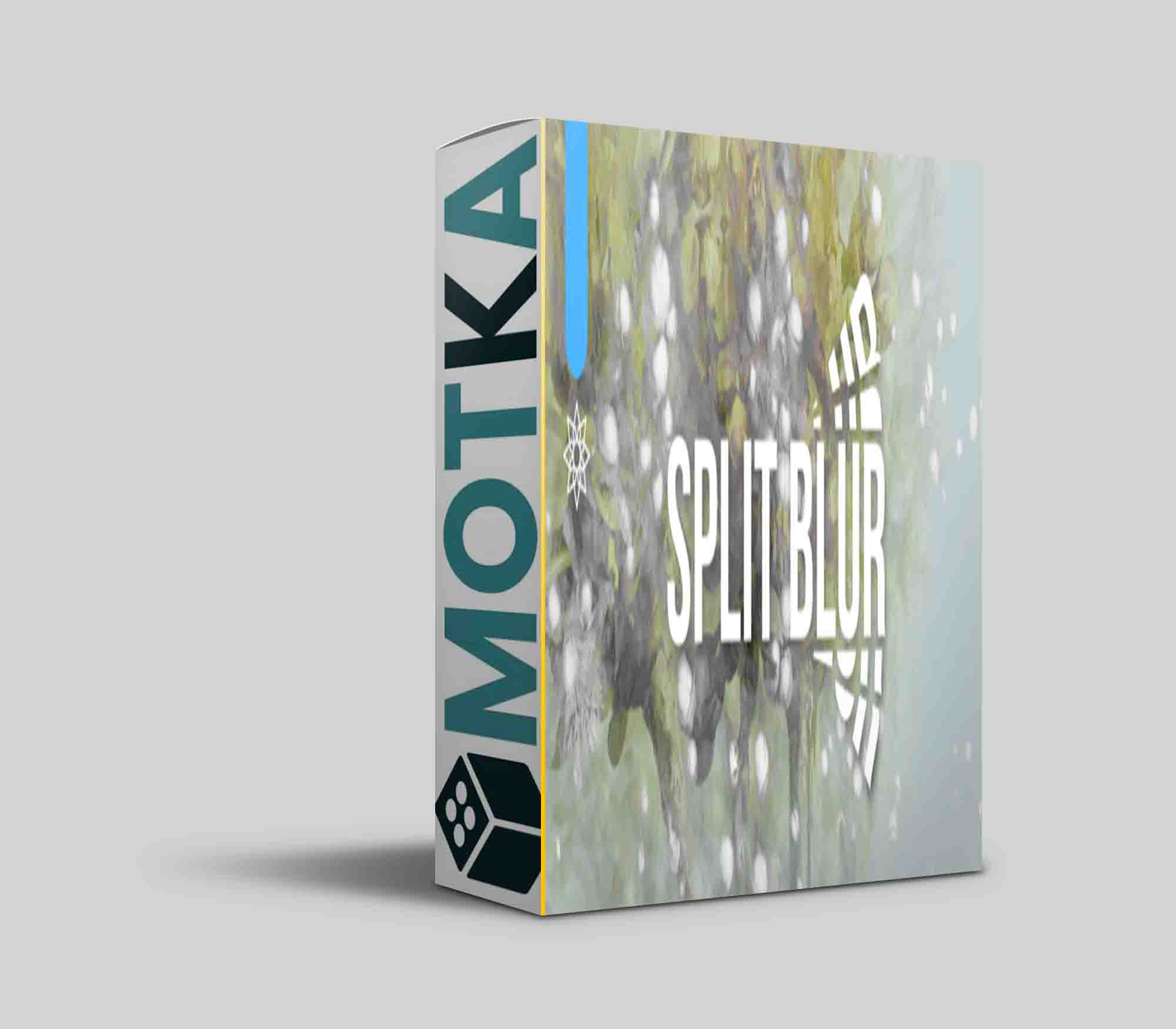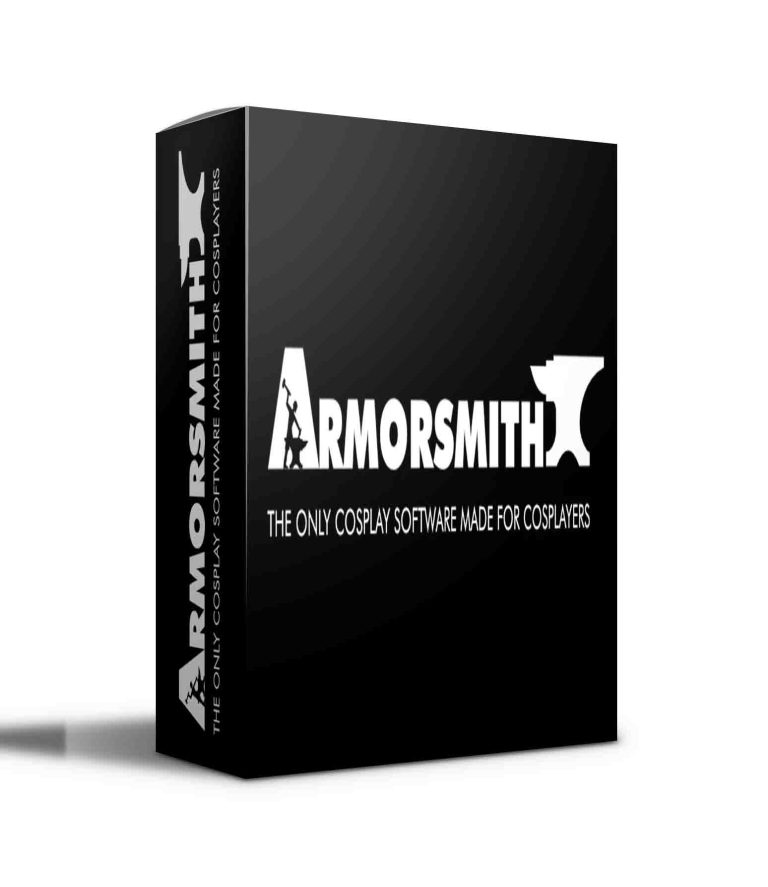Aescript split-blur 1.1.1 Free Download
How it works
The effect splits the image into multiple blended copies of itself. The distance of the splits is dynamically calculated according to the luminosity of each pixel and can be modulated in many ways. Split Blur looks like a regular gaussian blur on small blur levels, but gradually transforms into a unique kaleidoscopic image split with greater distances.
Available parameters rundown
- Channels – allows you to specify which color channels should the effect be applied to.
- Luma – the effect is applied to all channels equally using the overall luminance of a pixel.
- RGB – the effect is applied on each of the RGB components separately.
- Red, Green, Blue, Alpha – affects just the selected channel.
- Intensity Source – the splitting effect is calculated using the image itself by default, but you can provide a completely different layer/track, as an input, for unconventional results. If the secondary layer has different dimensions, it’s stretched to match the primary layer.
- Blur Level – the strength of the blur effect – ie. the maximum distance of split pixels from the origin pixel.
- Split Count – how many copies the image should be split into. The splits are spaced out evenly on a circle around the original image.
- Splits Rotation – changes the angle of the splits.
- Curve – specifies how the pixel luminosity is mapped to blur distance. (details in the manual)
- Curve Phase – offsets the curve by a set amount of degrees. (details in the manual)
- Curve Smoothness – helpful for smoothly connecting the beginning and the end of discontinuous curves (linear ramps and exponentials) or smoothing out a triangular curve.
- Curve Floor – defines the minimum split distance.
- Curve Graph – visualizes the curve mapping for your convenience.
- Edge Mode – when the image is offset by the effect a number of pixels on the edges will always be missing, this specifies how they’re filled in.
- Wrap – wraps around the image.
- Mirror – mirrors the edge pixels.
- Repeat Last – repeats the last edge pixel.
- Transparent – leaves the missing pixels empty.
| After Effects | 2023, 2022, 2021, 2020, CC 2019, CC 2018, CC 2017, CC 2015.3, CC 2015, CC 2014, CC, CS6 |
|---|
1.1.1 (Current version) – May 3, 2022
– Fix of native Apple Silicon support for Adobe After Effects (beta)
– Aescripts framework v4.0.4 – Fixed “invalid format” error for floating licenses
– Aescripts framework v4.0.4 – Fixed “invalid format” error for floating licenses



